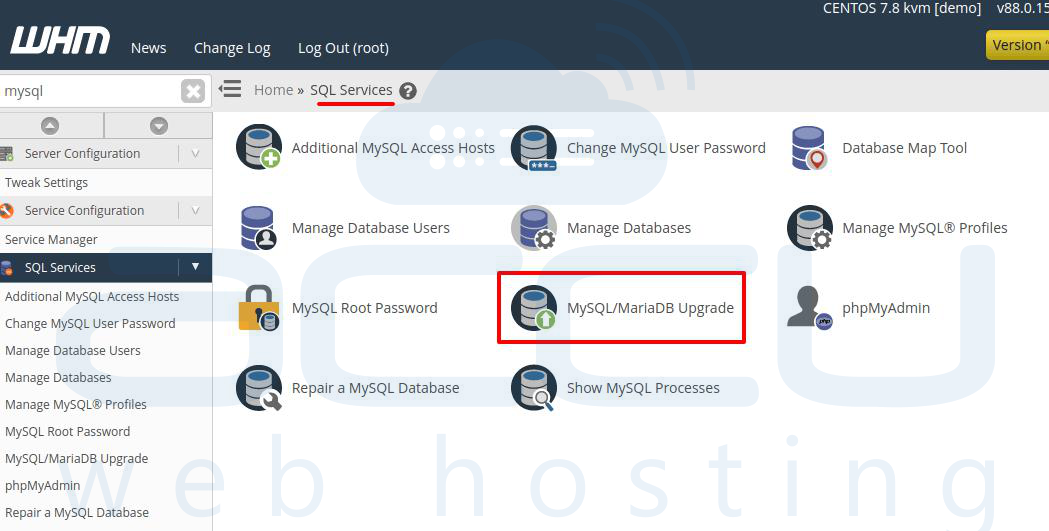How to Upgrade MySQL Version in cPanel
Are you looking to upgrade your MySQL version in cPanel but not sure where to start? Don’t worry, we’ve got you covered! In this guide, we’ll walk you through the step-by-step process of upgrading your MySQL version in cPanel, so you can enjoy all the latest features and improvements.
Step 1: Backup Your Data
Before making any changes to your MySQL version, it’s crucial to backup all your data to avoid any potential loss. You can easily create a backup of your databases using phpMyAdmin or by using a plugin like UpdraftPlus.
Step 2: Check System Requirements
Make sure that your server meets the system requirements for the new MySQL version you want to upgrade to. Check the official MySQL documentation for the minimum requirements and compatibility issues.
Step 3: Update cPanel
Before upgrading MySQL, ensure that your cPanel is up to date. Navigate to cPanel’s update section and check for any available updates. It’s important to have the latest version of cPanel to avoid any compatibility issues.
Step 4: Upgrade MySQL Version
Now that you’ve taken care of the prerequisites, it’s time to upgrade your MySQL version. Log in to your cPanel account and navigate to the MySQL Databases section. Look for the MySQL version upgrade option and follow the on-screen instructions to complete the process.
Step 5: Test Your Database
After upgrading MySQL, it’s essential to test your databases to ensure everything is working correctly. Run a few test queries and check for any errors or issues. If you encounter any problems, you may need to rollback to your previous MySQL version or seek help from your hosting provider.
Step 6: Update Applications
Lastly, don’t forget to update all your applications to make sure they’re compatible with the new MySQL version. Check for any available updates for your CMS, plugins, and scripts, and install them as necessary.
Conclusion
Upgrading your MySQL version in cPanel can seem like a daunting task, but by following these simple steps, you can ensure a smooth and successful upgrade process. Remember to backup your data, check system requirements, update cPanel, upgrade MySQL, test your databases, and update your applications to enjoy the latest features and improvements.
